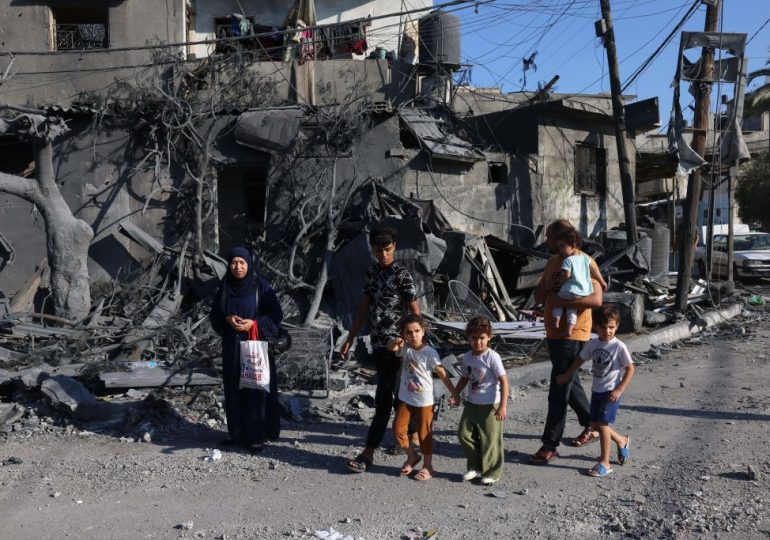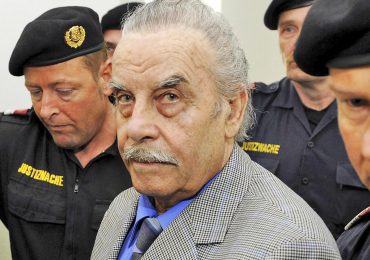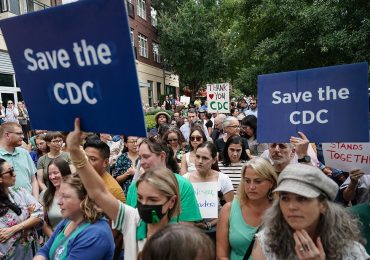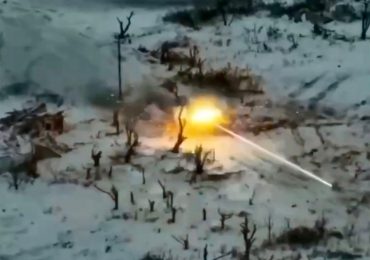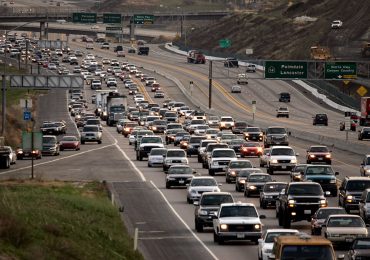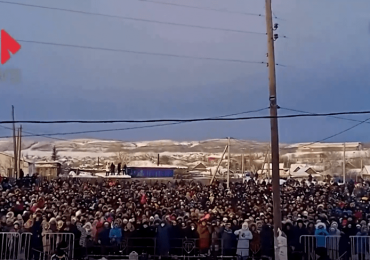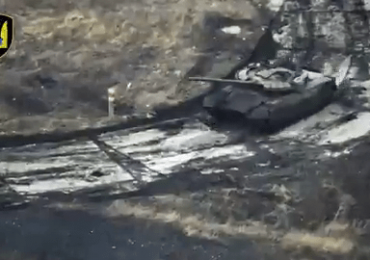On Oct. 7, around 8:20 p.m., 15 members and three generations of the al-Dos family were killed by an Israeli airstrike after it struck their three-story residential building in the al-Zeitoun neighborhood in Gaza City.
Among the victims were the elderly Awni and Ibtissam al-Dos, their son Adel and his wife Ilham, and all their five children—an entire nuclear family of seven—including 17-year-old Ibtissam, 12-year-old Awni, and Adam, who was just 18 months old, according to Amnesty International.
[time-brightcove not-tgx=”true”]
Relatives, neighbors, and rescue teams spent more than six hours removing their bodies from beneath the rubble. “Our entire family has been destroyed,” Mohammad al-Dos, Adel’s sibling, told Amnesty International. Mohammad’s five-year-old son Rakan was among eight other relatives who were also killed.
The al-Dos family is one of five cases documented by Amnesty in which airstrikes launched by Israeli forces between Oct. 7 and October 12 wiped out entire Palestinian families. The findings follow a report from the Palestinian Ministry of Health issued on Oct. 15, which stated that 47 families—consisting of over 500 civilians—were wiped from the civil registry, according to hospital reports in the Gaza Strip. “There are good reasons to believe that the number could actually be higher,” Agnès Callamard, Amnesty International’s Secretary General, told TIME in an email.
That number may have risen to a staggering 825 families by Oct. 28, according to reports by the Palestine News and Information Agency.
Read More: The Israel-Hamas War Is Making Americans Question Their Relationships
While there’s no legal or technical definition of what might constitute an “entire family,” Omar Shakir from Human Rights Watch says it’s usually when “an air strike might hit a home and everybody in that home is killed.” In some cases, it might refer to an immediate family, while in others, it may be talking about the larger, extended family. Amnesty’s documentation refers to cases where an entire nuclear family has been erased from the civil registry.
The loss of entire families is a searing reminder of the ongoing devastation caused by the war, not only through the loss of life, but also the erasure of roots, memories, histories, and lineage from existence.
Notably, children make up the highest group of fatalities in Gaza—accounting for more than 40% of the 7,703 people killed, with another 1,000 children reportedly missing. According to Save the Children, the number of children killed in Gaza in just three weeks has surpassed the annual number of children killed across the world’s conflict zones since 2019.
In the cases it documented, Amnesty says the attacks were “indiscriminate” and “failed to distinguish between civilians and military objectives.” In some instances, Israeli authorities did not inform civilians about an impending airstrike or did not issue evacuation orders in time.
Amnesty verified the information on families by sending a Gaza-based fieldworker who interviewed 17 survivors and other eyewitnesses, visited attack sites, and collected testimony and other evidence, according to Callamard. The international humanitarian organization also interviewed six relatives of victims over the phone, while its Crisis Evidence Lab analyzed satellite imagery and verified photos and videos of attack sites, which included residential buildings, a refugee camp, a family home, and a public market.
In another documented instance on Oct. 10, an Israeli air strike hit a six-story building in the district of Sheikh Radwa in Gaza City at 4:30 p.m., killing at least 40 civilians. They included Mahmoud Ashour’s daughter Iman and her four children—eight-year-old Rihab, six-year-old Abdelhamid, two-year-old Ahmad, and 6-month-old Hamza. “I couldn’t protect them, I have no trace left of my daughter,” Mahmoud told Amnesty as he removed the rubble from his hands.
The same attack also killed 19 family members of 61-year-old Fawzi Naffar, including his wife, children and grandchildren. Naffar had only been able to retrieve the remains of his daughter-in-law and his “son’s shoulder,” according to the report.
Read More: The Gaza Invasion Will Not Make Israel Safer
The erasure of whole families from history is not a new practice, says Prof. Dina Matar, who focuses on Palestine at SOAS at the University of London. Matar points to historical records of the 1948 Nakba, when thousands of Palestinians either fled or were forcibly removed from their homes during the creation of the state of Israel, as well as the research of Israeli historian Ilan Pappe and Palestinian historian Nur Masalha, that is based on official Zionist documents which show the planned removal of Palestinians.
She continues, “In the case of Palestinians, oral history has been significant in countering attempts to erase Palestinian memory forcibly, as we see now, and in other ways.”
Matar says that the eradication of whole families might constitute war crimes prohibited under international humanitarian law—a sentiment echoed by Amnesty, which has urged the Office of the Prosecutor of the International Criminal Court to urgently expedite its ongoing investigation into evidence of war crimes and other crimes under international law by all parties. “Without justice and the dismantlement of Israel’s system of apartheid against Palestinians, there can be no end to the horrifying civilian suffering we are witnessing,” the report stated.
Until then, Matar says that present and future generations of Palestinians must work together to keep Palestinian memory alive. “Language and narrative matter and this conflict has been a struggle over narrative and memory as much as it has been over rights, claims, and territory,” she added.
Leave a comment
